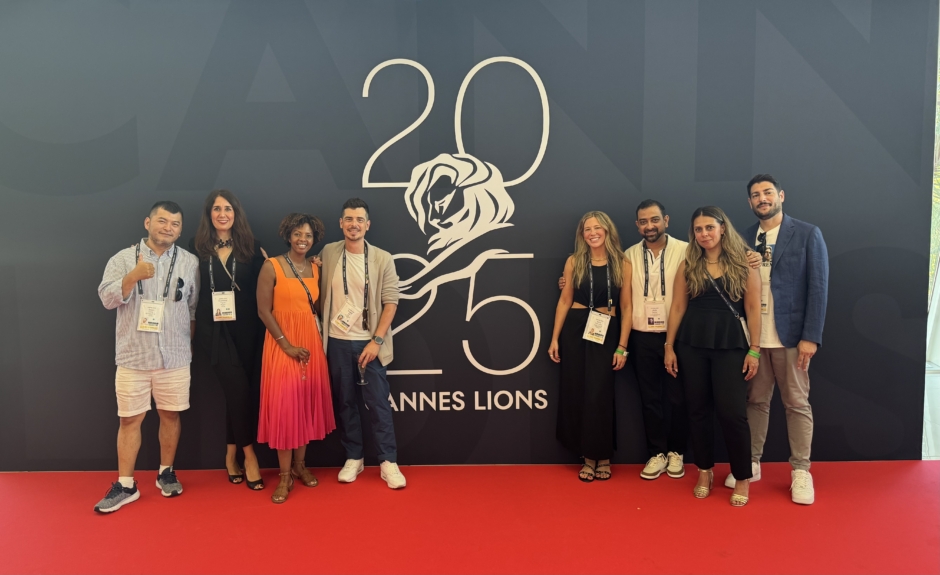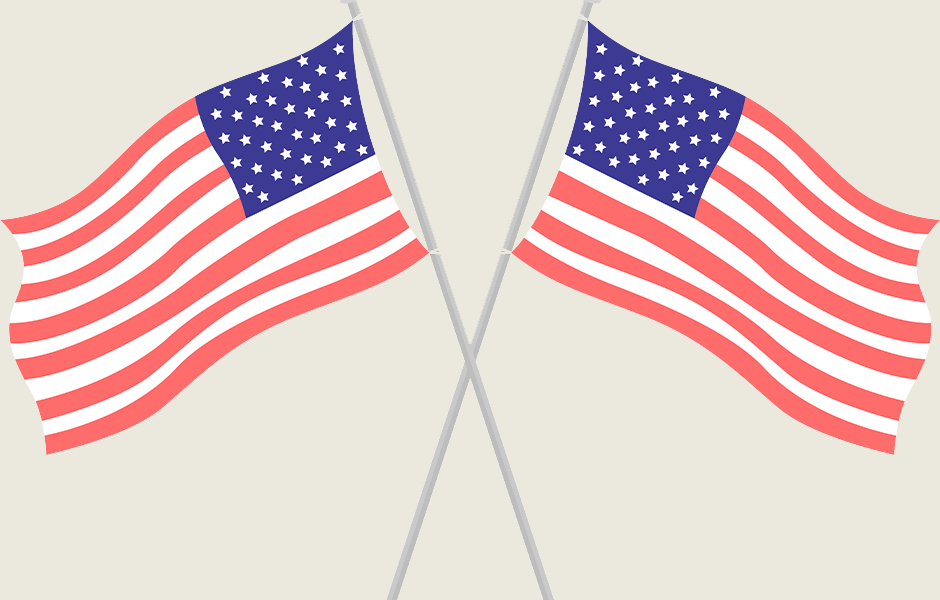Missed the Cannes Lions Festival of Creativity this year? We’ve got you covered. Hear from current and former jurors on the pharmaceutical campaigns that took away trophies or received recognition
Words by Mel Routhier, Natxo Diaz and Khalid Latif, VML Health
An overdue, and hard-won, trend took root at the Cannes Lions International Festival of Creativity late last month. As always, attendees fell over themselves rhapsodising about consumer campaigns, with Telstra’s ‘Better on a Better Network’ stop-motion artistry and AXA’s ‘Three Words’ exploration of the link between housing and domestic violence receiving awards and plaudits in equal measure. But in a departure from years past, they saved a sizable percentage of their praise for companies in the pharmaceutical space.
The festival celebrated ‘PainVisible’, a tool that used a portable thermal camera to visualise the pain experienced by non-verbal patients, for both its ingenuity and its humanity. They lauded ‘Glowing Relief’, which addressed one of the problems created by power outages in Puerto Rico – an inability of older patients to locate their medicines – with glow-in-the-dark packaging. Both programmes were ambitious creatively and from a product-design standpoint, prompting the type of I-wish-I’d-thought-of-that reactions usually associated with ads for technology or consumer goods.
Having collectively served on the Cannes Lions Pharma jury for the last three years, we’re here to report that this was no fluke. And there are three main reasons why we expect pharma’s creative winning streak to continue in the years ahead.

To begin with, there was evidence of pharma marketers embracing analogue creativity. The temptation to infuse the creative process with all that AI can offer remains strong, but the work brought to Cannes by the industry, in comparison, downplayed technological wizardry in favour of nuance and empathy. Even when campaigns employed AI, they did so with uncommon subtlety. Consider ‘DawAI Reader’, an affordable device that translates hard-to-read prescriptions into audio for individuals unable to read or suffering from visual impairment.
Pharma also played against type by flashing a sly, knowing sense of humour. ‘Friedreich’s Back’ envisioned the German neurologist who discovered Friedreich’s ataxia returning from the grave to learn about both the modern world and the one drug that treats the condition named after him. Then there was ‘Pick Up Your Poop’, in which a talking dog caught… well, in the middle of some urgent personal business… stressed the importance of colon cancer screening as well as responsible pet ownership.
Clearly humour shouldn’t be shoehorned into every pharma awareness and education effort. But if the campaigns above were able to locate pockets of levity in cancer and a rare neurodegenerative disease, they suggest that similar approaches should never automatically be taken off the table.
As pharma got in touch with its inner Twain, the industry’s most successful and established organisations didn’t hesitate to take a stand. At a time when programmes promoting diversity and supporting underserved communities have come under fire, much of the work displayed at Cannes unabashedly stood up for marginalised populations. The message this sent? That creativity can no longer be neutral. At its core, pharma is a business designed to help people in need. PainVisible, Glowing Relief and other awarded efforts stayed true to that creative North Star.
In the past, competitors in the pharma category had limited themselves to functional messaging, sacrificing creativity at the altars of clarity and regulatory compliance. This year’s Cannes Lions confirmed that pharma has joined the ranks of the creatively fertile.
Anyone who doubts that pharma can tell a story or boldly present a big idea need only look at this year’s Cannes entrants, all of them, not just the ones recognised by the award jury, for evidence to the contrary. Pharma came to Cannes with an impactful slate of work and left with an armful of trophies and a confident swagger.









